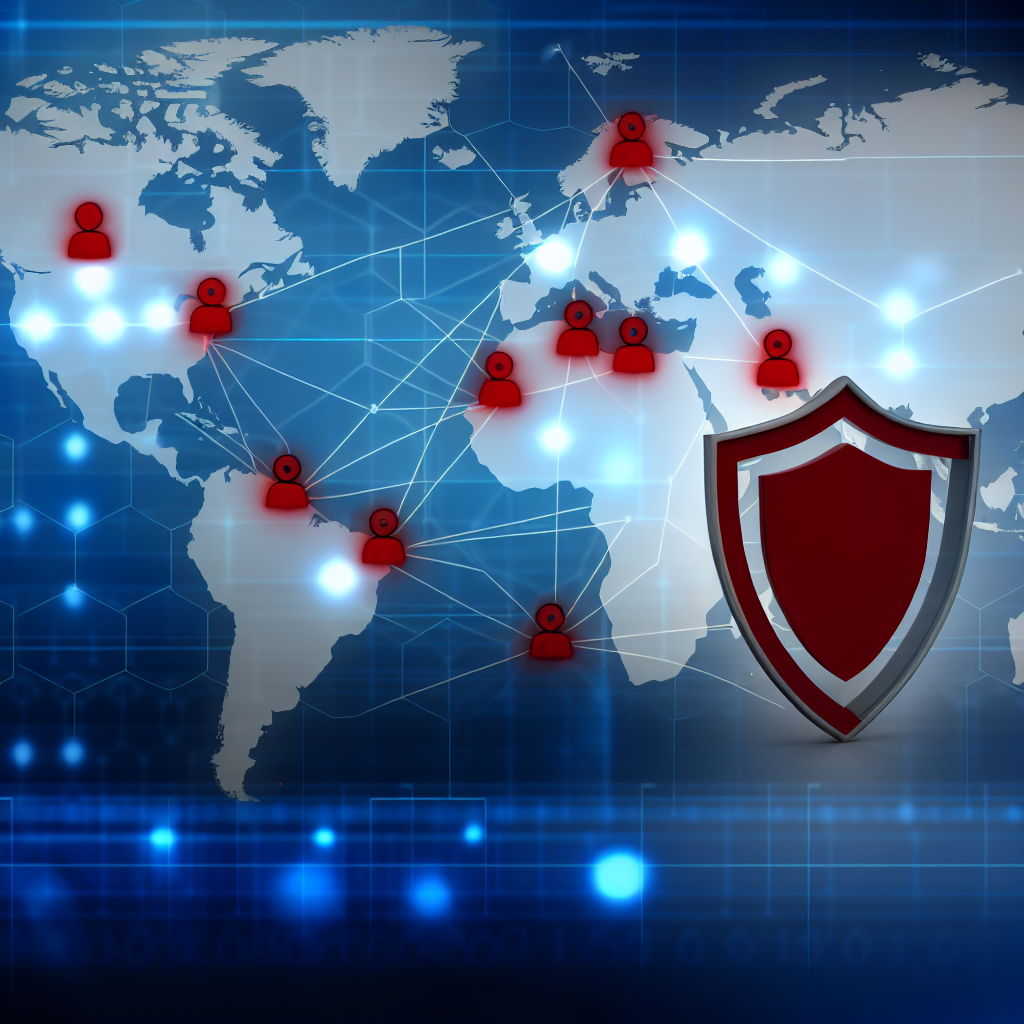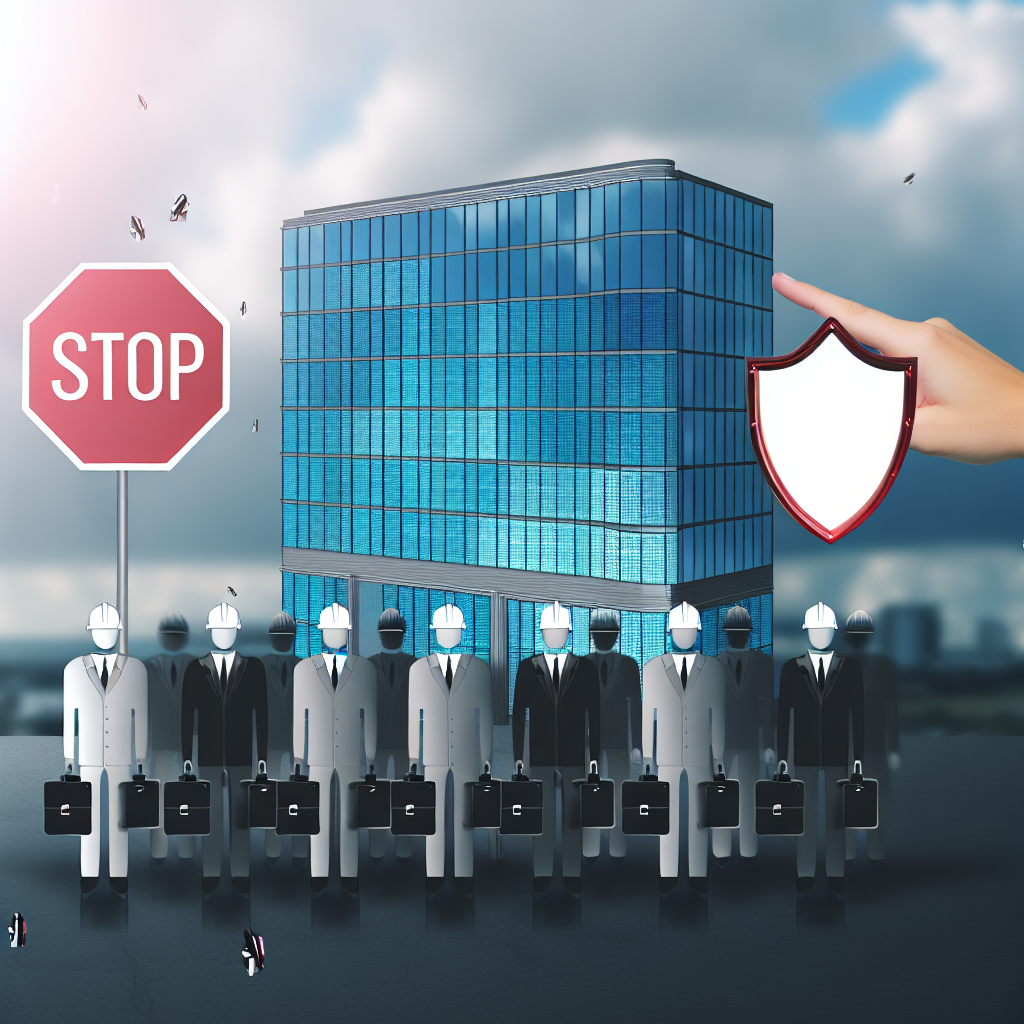3-Step Mental Models to Outpace Emerging Cybersecurity Threats in 2025
- 4 minutes read - 682 wordsCyber threats aren’t just evolving — they’re outpacing traditional defenses at alarming speed.
From weak passwords protecting sensitive AI systems to phishing attacks that now bypass MFA, today’s adversaries are more creative, persistent, and unpredictable than ever.
To survive this landscape, frameworks alone won’t cut it. You need sharper thinking.
That’s where mental models come in — cognitive tools used by elite cybersecurity leaders, red teamers, and incident commanders to filter out noise, think clearly under pressure, and execute fast.
In this post, you’ll learn a three-step mental model — Detect, Disengage, Shield — that will help you evaluate and respond to emerging threats with clarity and control.
💡 Want to go deeper?
If you’re aiming to lead a security team, break into cybersecurity, or operate with greater speed and confidence — this is the toolkit you’ve been missing:
🔗 Cybersecurity Leadership OS: Battle-Tested Mental Models for Clarity, Speed & Command
Step 1: Detect – Read Between the Lines of System Vulnerabilities
The first step is to detect weak links. Recent incidents highlight how a “123456” password on AI hiring systems can expose millions of personal records. Consider the following insights:

- Vendor Vulnerability: Organizations like Paradox.ai have faced breaches that underscore the urgent need to enforce robust authentication practices1.
- Continuous Monitoring: A zero-day vulnerability in Microsoft SharePoint is being actively exploited, reminding us that even patched systems can hide new risks2.
Adopt a proactive mindset by regularly auditing both internal and third-party systems. Think of it as reading between the lines—those seemingly minor details may hide significant threats.
If you found this helpful, join thousands of security pros and career climbers who subscribe to CybersecurityOS — weekly insights, tools, and frameworks for growth.
Step 2: Disengage to Reassess – The Power of Strategic Pauses
In an ever-connected environment, cybersecurity professionals can become so entrenched in screens that they miss critical cues. Research shows that stepping away from digital devices not only combats fatigue but also sharpens analytical capabilities3.

- Refresh Your Mind: Sometimes, the best way to detect new malware patterns is to take a break.
- Heighten Awareness: A clear mind can distinguish between genuine alerts and cleverly disguised phishing tactics, such as the emerging QR-code scams targeting MFA systems45.
Leaders and junior analysts alike benefit from a disciplined schedule that includes time away from the keyboard. It’s a strategic pause that drives better decisions under pressure.
Step 3: Shield – Implement, Educate, and Iterate
Once threats are identified and the team is refreshed, the next step is to shield the organization by building robust counters:

- Implement Best Practices: Utilize frameworks recommended by authorities such as NIST to mitigate risks from portable storage media and OT vulnerabilities3.
- Educate Continuously: Cybersecurity is not static. Regular training sessions for employees—covering topics from password policies to the latest phishing techniques—are essential.
- Iterate and Improve: Incorporate feedback loops and real-time threat intelligence. For example, Microsoft’s recent pivot away from using foreign engineers for sensitive projects signals a broader shift toward tighter security protocols4.
This three-step model—Detect, Disengage, Shield—establishes a proactive, resilient defense posture. It integrates technical measures with a commitment to clear, focused thinking and continuous improvement.
Closing Thoughts: Equipping Every Player in the Cybersecurity Ecosystem
For cybersecurity leaders, this model serves as a strategic framework that aligns operational risk with actionable processes. For aspiring professionals, it provides a roadmap to cultivate deep analytical skills and a growth mindset.
DOWNLOAD NOW: Cybersecurity Leadership OS: Battle-Tested Mental Models for Clarity, Speed & Command
And for startups and SMBs, it reinforces that even limited resources can drive high-level risk management by adopting dynamic and iterative security practices.
⚡️ If you found this helpful, join thousands of security pros and career climbers who subscribe to CybersecurityOS — weekly insights, tools, and frameworks for growth.
👉 https://t.me/cyb3rshi3ld_lite_community
Thanks for reading,
Michael
If you enjoy the content, then consider buying me a coffee.